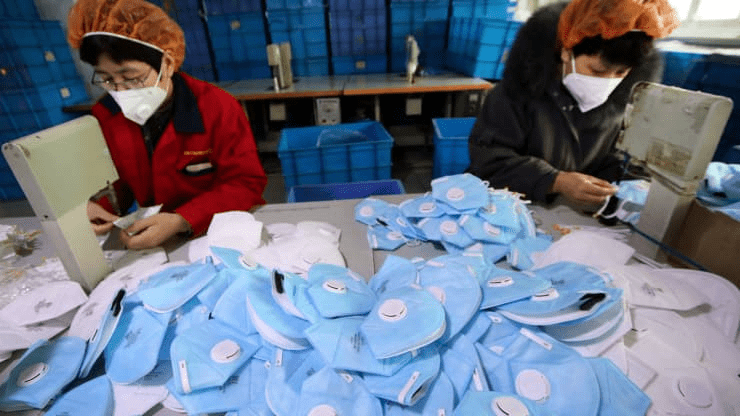China puts the pandemic behind it, aims for less commodity-intensive growth
March 17, 2021 @ 09:46 +03:00
While much of the world is still dealing with the coronavirus pandemic, China’s economy is showing signs that it has already passed the peak of a domestic recovery. One sign the initial burst is over lies in commodity prices. China is easily the world’s biggest buyer of copper, according to pre-pandemic data from 2019, and demand from the country influences prices globally. Copper hit its highest price in about a decade late last month. But prices have fallen about 6% since, according to data from the London Metal Exchange. Price gains for more obscure metals cobalt and lithium, used in electric car battery production, have also moderated.

Going forward, the analysts expect China will use “policy stimulus more sparingly” and grow at a slower 5% to 6% pace, which will not boost growth in emerging markets as much as the country had in the past. Chinese authorities would also like to shift the economy’s reliance to consumption, and away from more traditional industries like manufacturing that would require more commodity purchases. The recent demand for commodities has been driven by continued fiscal stimulus overseas, while China’s attempts to reduce carbon emissions have limited the availability of some supply, said Gu Shuangfei, commodity analyst at Hangzhou-based brokerage Nanhua Futures. Gu expects prices could increase slightly in the short term, but gains will ease as overseas production recovers.
Data released Monday for January and February showed investment in manufacturing and infrastructure both fell on an annualized basis over the last two years, while retail sales grew 3.2%. China was the only major economy to expand in 2020, posting GDP growth of 2.3%. That’s despite a contraction of 6.8% in the first quarter, when the country was the first in the world to deal with the pandemic and its constraints on business activity.
China’s economy returned to growth — of 3.2% — in the second quarter of last year as business were allowed to gradually reopen following stringent lockdown measures. As overseas factories still struggle with pandemic-related restrictions, high global demand for Chinese-made personal protective equipment and other products have also helped boost China’s exports and overall GDP. However, uncertainty about future income resulted in a contraction in retail sales last year. The urban unemployment rate also ticked up from 5.2% in December to 5.5% in February, with the 16 to 24 age category posting a much a higher unemployment rate of around 13% last month.
China puts the pandemic behind it, aims for less commodity-intensive growth, CNBC, Mar 17







